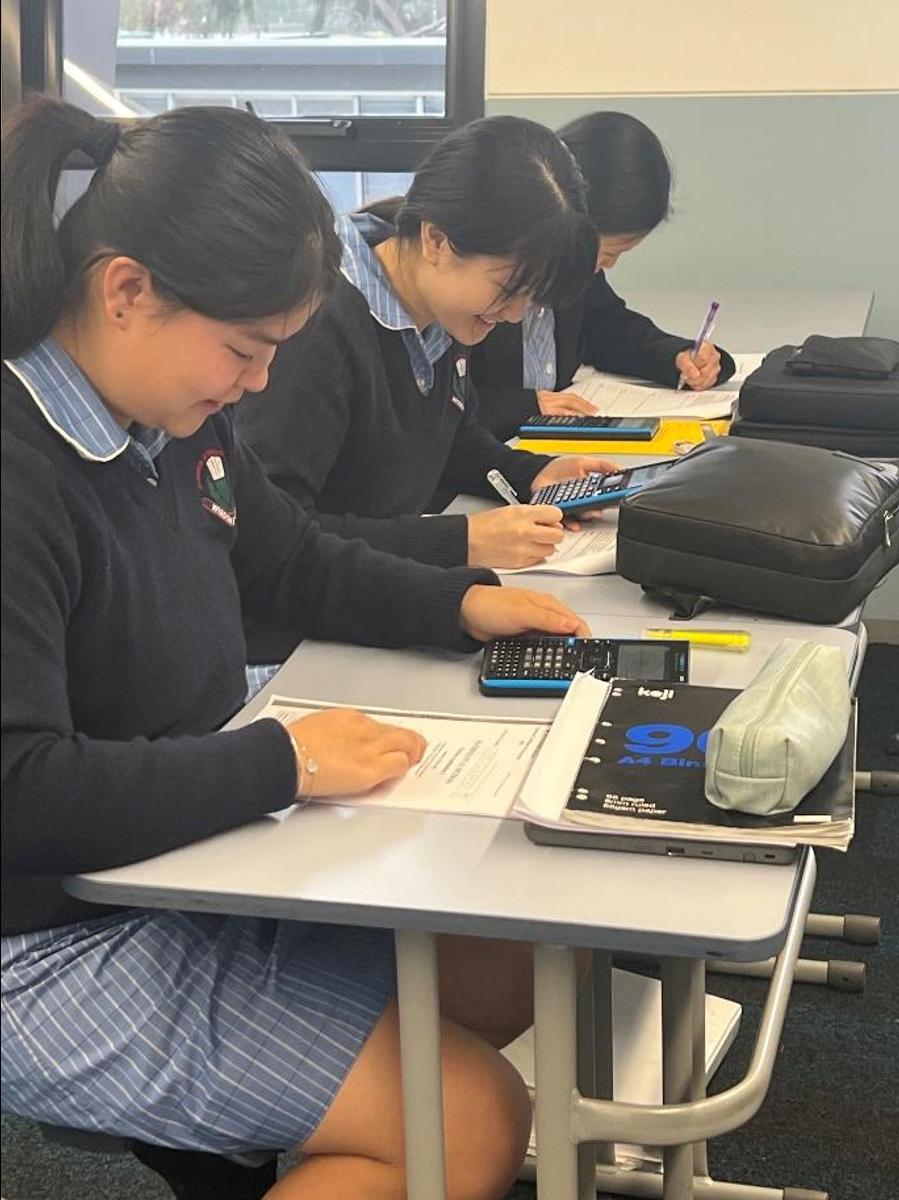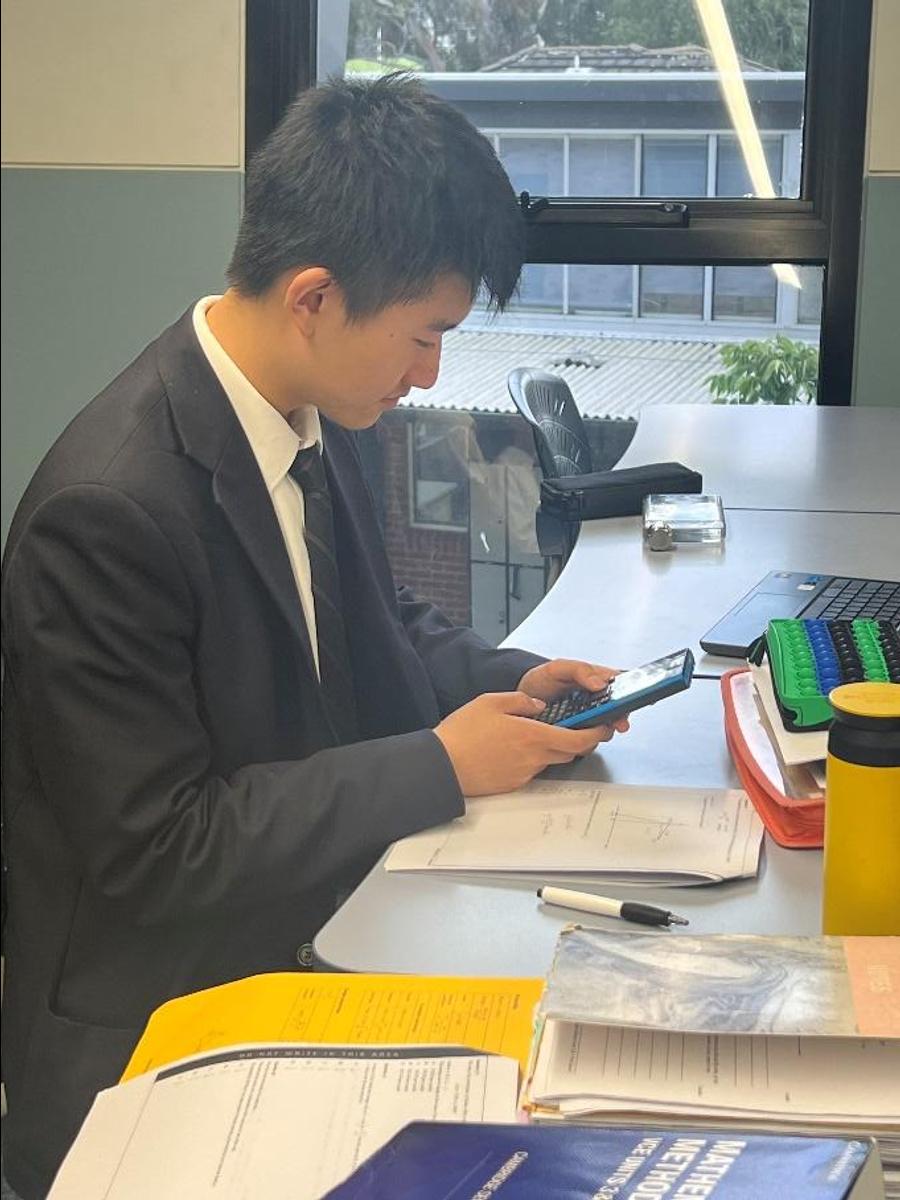MATHS

STUDY TIPS AND MATHEMATICAL TRIVIA
As students in the Senior School are preparing for and completing their exams this week, I thought I would look at some study and exam tips:
- Practice, Practice, Practice: The best mathematics learning comes from doing. Reading and reviewing can have their place in revision but ultimately you need to have a pen in your hand and dedicate time each day to solving problems.
- Understand, Don’t Memorise: Focus on understanding the logic behind formulas and theorems rather than just memorising them. Creating a summary sheet of key ideas, formulas and skills at the start of your revision and adding to and refining this can be a great way to consolidate your understanding.
- Break Problems Down: If you have no idea where to start then underline key words and try to translate them into a mathematical process or statement. This often helps to get you started and break the problem into smaller, more manageable parts.
- Take your time: Many students get frustrated by ‘careless’ or ‘silly’ errors in basic algebraic and arithmetic processes. These often happen when we rush the processes, we think are straightforward, deliberately slowing down and writing each step down explicitly can avoid this frustration.
- Use Visuals: Graphs, diagrams, and even doodling concepts can help reinforce understanding. Be careful to draw a diagram that represents only what is explicitly stated in the question. Unfortunately, our eyes can mislead us into making assumptions that are not supported by the given information.
Also remember that Maths is challenging but also fascinating, beautiful and at times just a little bit weird. It can make us think deeply and creatively to find solutions to complex problems. I have a particular fascination for the history of Maths and the stories behind the notation and symbols that we use. For instance, did you know that:
- The equals (=) sign was first introduced by a Welsh mathematician, Robert Recorde, around 1557. He felt that no two things could be more equal than two horizontal parallel lines of the same length.
- The reason we use x, y and z most often in equations is most likely due to printers in the 17th century having more of these letters available than others as they rarely appeared in words.
- The Pythagoreans were a secret society that believed numbers were divine and that everything was countable. They had many rules to live life by that included wearing white clothing and not touching beans!
Good luck to all students in their exams.
Emma Mullane
Key Learning Area Manager - Mathematics


